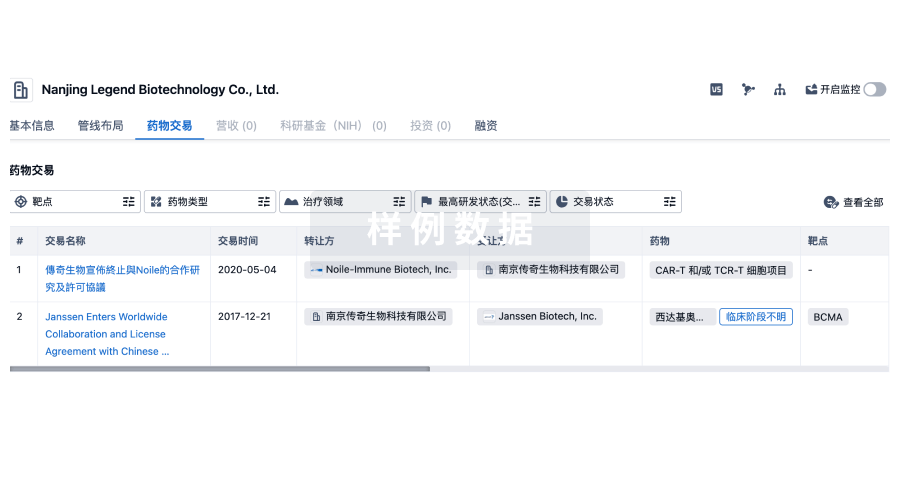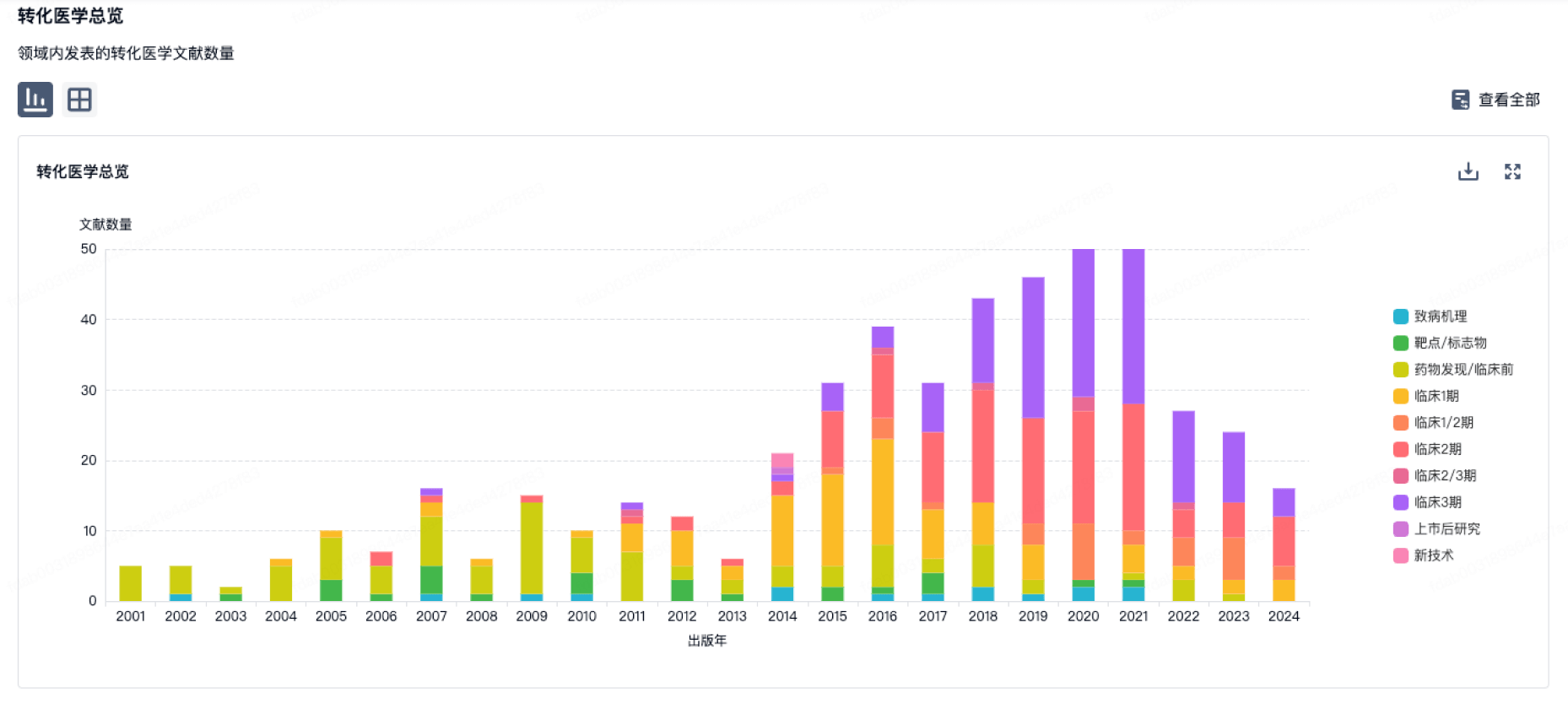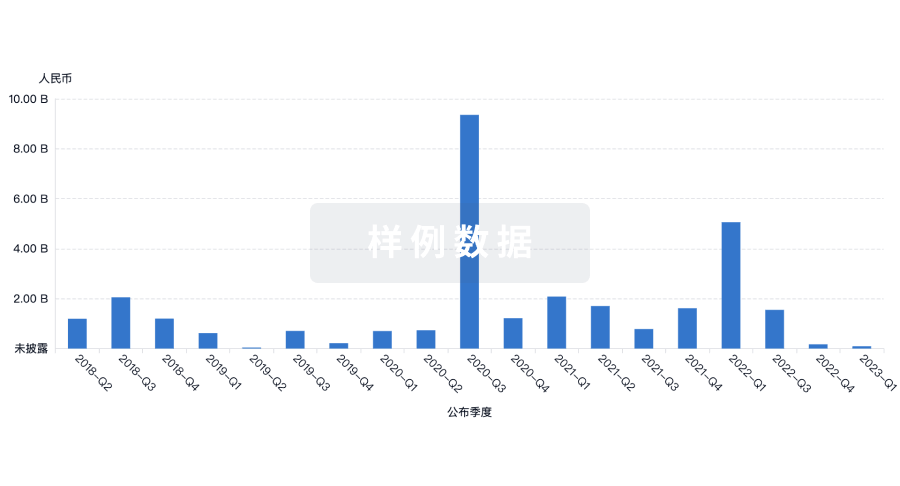预约演示
更新于:2025-08-29

Lady Reading Hospital
更新于:2025-08-29
概览
关联
12
项与 Lady Reading Hospital 相关的临床试验NCT07103707
Comparison of Frequency of Wound Infection Between Open and Laparoscopic Cholecystectomy
The goal of this clinical trial is to compare the frequency of wound infection between open and laparoscopic cholecystectomy in adult patient aged 18- 65 years with symptomatic cholelithiasis admitted through OPD the main question it aims to answer are
* Does there is difference in the frequency of wound infection in patients with open cholecystectomy as compared to laparoscopic cholecystectomy Researcher will compare the frequency of wound infection in participant undergoing open and laparoscopic cholecystectomy to see there is difference in frequency of wound infection between open and laparoscopic cholecystectomy Participants will be asked
* To Visit OPD after 1 week for follow up
* Keep record of symptoms like erythema, pain, cloudy drainage from the incision site
* Does there is difference in the frequency of wound infection in patients with open cholecystectomy as compared to laparoscopic cholecystectomy Researcher will compare the frequency of wound infection in participant undergoing open and laparoscopic cholecystectomy to see there is difference in frequency of wound infection between open and laparoscopic cholecystectomy Participants will be asked
* To Visit OPD after 1 week for follow up
* Keep record of symptoms like erythema, pain, cloudy drainage from the incision site
开始日期2025-08-01 |
申办/合作机构 |
NCT06662175
Role of Dexmedetomidine as Synergistic Agent to Prolong a Subarachnoid Block Duration
The aim of this clinical trial is to contribute valuable insights into the role of Dexmedetomidine as a synergistic agent in prolonging subarachnoid block duration, with the overarching goal of enhancing perioperative care and surgical success rates.
开始日期2024-11-01 |
申办/合作机构 |
NCT06644612
A Comparative Study of Light vs Heavy Weighted Polypropylene Mesh in Abdominal Hernia Repair: A Randomized Control Trial Focusing on Surgical Site Infections
This study compares the incidence of surgical site infections (SSI) in patients undergoing abdominal hernia repair using either light or heavy-weighted polypropylene mesh. The study aims to determine which mesh type results in fewer SSIs, thereby guiding future surgical approaches to abdominal hernia repair.
开始日期2024-08-01 |
申办/合作机构 |
100 项与 Lady Reading Hospital 相关的临床结果
登录后查看更多信息
0 项与 Lady Reading Hospital 相关的专利(医药)
登录后查看更多信息
522
项与 Lady Reading Hospital 相关的文献(医药)2025-08-11·POSTGRADUATE MEDICAL JOURNAL
Climate change and public health in low- and middle-income countries: the critical role of health professionals.
Article
作者: Mir, Umaima ; Kifayat, Shandana ; Kifayat, Shanlina ; Khan, Muhammad Salar
2025-07-15·Cureus Journal of Medical Science
Assessment of Low-Density Lipoprotein Cholesterol (LDL-C) Target Attainment in High-Risk Patients Receiving Statin Plus Ezetimibe Therapy: A Retrospective Cross-Sectional Study
Article
作者: Ullah, Naqeeb ; Iqbal, Malik Muaz ; Ahmad Khan, Azaz ; Hussain, Bibi Khalida ; Nayab, Dure ; Ullah, Arif ; Khalil, Mazhar ; Umer Khatab Gillani, Syed Salah Ud Din ; Ullah, Saeed ; Mobusher, Mariam
Introduction Achieving optimal low-density lipoprotein cholesterol (LDL-C) reduction in high-risk patients remains a challenge, even with combination lipid-lowering therapy. This study evaluated LDL-C target attainment (≤70 mg/dL per European Society of Cardiology/European Atherosclerosis Society (ESC/EAS) 2019 guidelines) in high-risk patients receiving statin plus ezetimibe therapy at a single tertiary care center in Peshawar, Pakistan. Methodology A retrospective analysis of a cross-sectional dataset was conducted at Hayatabad Medical Complex (HMC) over 12 months. A total of 123 high-risk patients, as defined by ESC/EAS 2019 criteria, who had been on statin plus ezetimibe therapy for a minimum of three months (mean duration: 4.2 ± 1.1 months), were included. LDL-C levels were recorded at a single post-treatment follow-up time point. Paired t-tests were used to assess LDL-C changes, and chi-square tests along with multivariable logistic regression were employed to identify predictors of target attainment. Results Mean LDL-C decreased significantly from 156.3 ± 32.5 mg/dL to 84.7 ± 24.1 mg/dL (mean reduction: 71.6 mg/dL; 95% CI: 66.8-76.4; p < 0.001). Overall, 53 of 123 patients (43.1%; 95% CI: 34.6-51.8%) achieved the LDL-C target. Target attainment was lower among diabetic patients (24 of 71; 33.8%) and smokers (13 of 39; 33.3%). In multivariable analysis, diabetes (aOR: 0.52; 95% CI: 0.28-0.97) and smoking (aOR: 0.55; 95% CI: 0.27-0.98) were independently associated with lower target attainment. High-intensity statin use was positively associated with achieving LDL-C goals (33 of 68; 48.5%; aOR: 1.89; 95% CI: 1.02-3.49). Conclusion This single-center study highlights that despite combination therapy, more than half of high-risk patients failed to achieve LDL-C targets. The findings underscore the need for more individualized strategies, improved adherence, and possibly adjunctive therapies. Although the data are from a single center in Peshawar, the trends reflect common challenges in real-world lipid management across similar low- to middle-income healthcare settings.
2025-07-03·MEDICAL TEACHER
Strategies to develop an efficient feedback system in medical education and its outcome – An interventional study
Article
作者: Ullah, Himayat ; Huma, Sarwat ; Sarfraz, Junaid
OBJECTIVE:
The main aim of this study is to know the loopholes in the feedback system, strategies to remove these loopholes, and to measure the effects of an efficient feedback system in an institution.
METHODS:
This research has three stages. In the first stage, we tried to find out the flaws in the feedback system of the institution based on published benchmarks. Then we tried to remove these flaws with the collaboration of different stakeholders. In the last stage of the study, we tried to measure the effectiveness of these corrective procedures by certain key performance indicators (KPIs).
RESULTS:
After improvement strategies, there was a significant improvement in the KPIs like, the knowledge and attitude toward the feedback improved from 3.1 to 4.23 in students, and from 3.46 to 4.34 in faculty members, on a five-point scale, and the teaching standards improved as measured by students' performance in different courses in terms of learning objectives achievement, for example in internal medicine from 70.8% to 75.3%. Similar improvement was recorded in other KPIs as well.
CONCLUSION:
An efficient feedback system is the backbone of education and by adopting effective feedback, individuals and institutions can excel in the field of medical education.
100 项与 Lady Reading Hospital 相关的药物交易
登录后查看更多信息
100 项与 Lady Reading Hospital 相关的转化医学
登录后查看更多信息
组织架构
使用我们的机构树数据加速您的研究。
登录
或

管线布局
2025年12月16日管线快照
无数据报导
登录后保持更新
药物交易
使用我们的药物交易数据加速您的研究。
登录
或

转化医学
使用我们的转化医学数据加速您的研究。
登录
或

营收
使用 Synapse 探索超过 36 万个组织的财务状况。
登录
或

科研基金(NIH)
访问超过 200 万项资助和基金信息,以提升您的研究之旅。
登录
或

投资
深入了解从初创企业到成熟企业的最新公司投资动态。
登录
或

融资
发掘融资趋势以验证和推进您的投资机会。
登录
或

生物医药百科问答
全新生物医药AI Agent 覆盖科研全链路,让突破性发现快人一步
立即开始免费试用!
智慧芽新药情报库是智慧芽专为生命科学人士构建的基于AI的创新药情报平台,助您全方位提升您的研发与决策效率。
立即开始数据试用!
智慧芽新药库数据也通过智慧芽数据服务平台,以API或者数据包形式对外开放,助您更加充分利用智慧芽新药情报信息。
生物序列数据库
生物药研发创新
免费使用
化学结构数据库
小分子化药研发创新
免费使用
